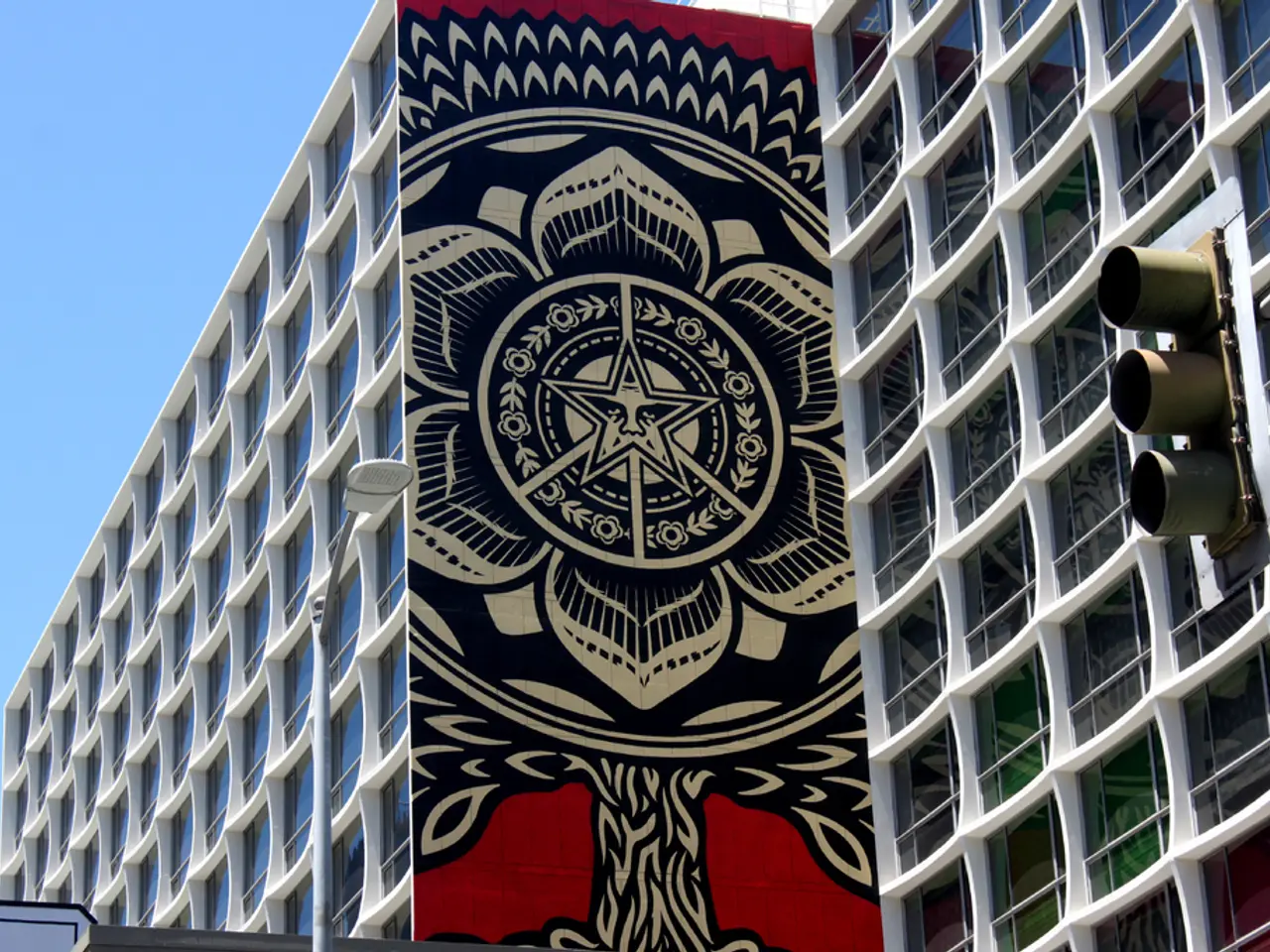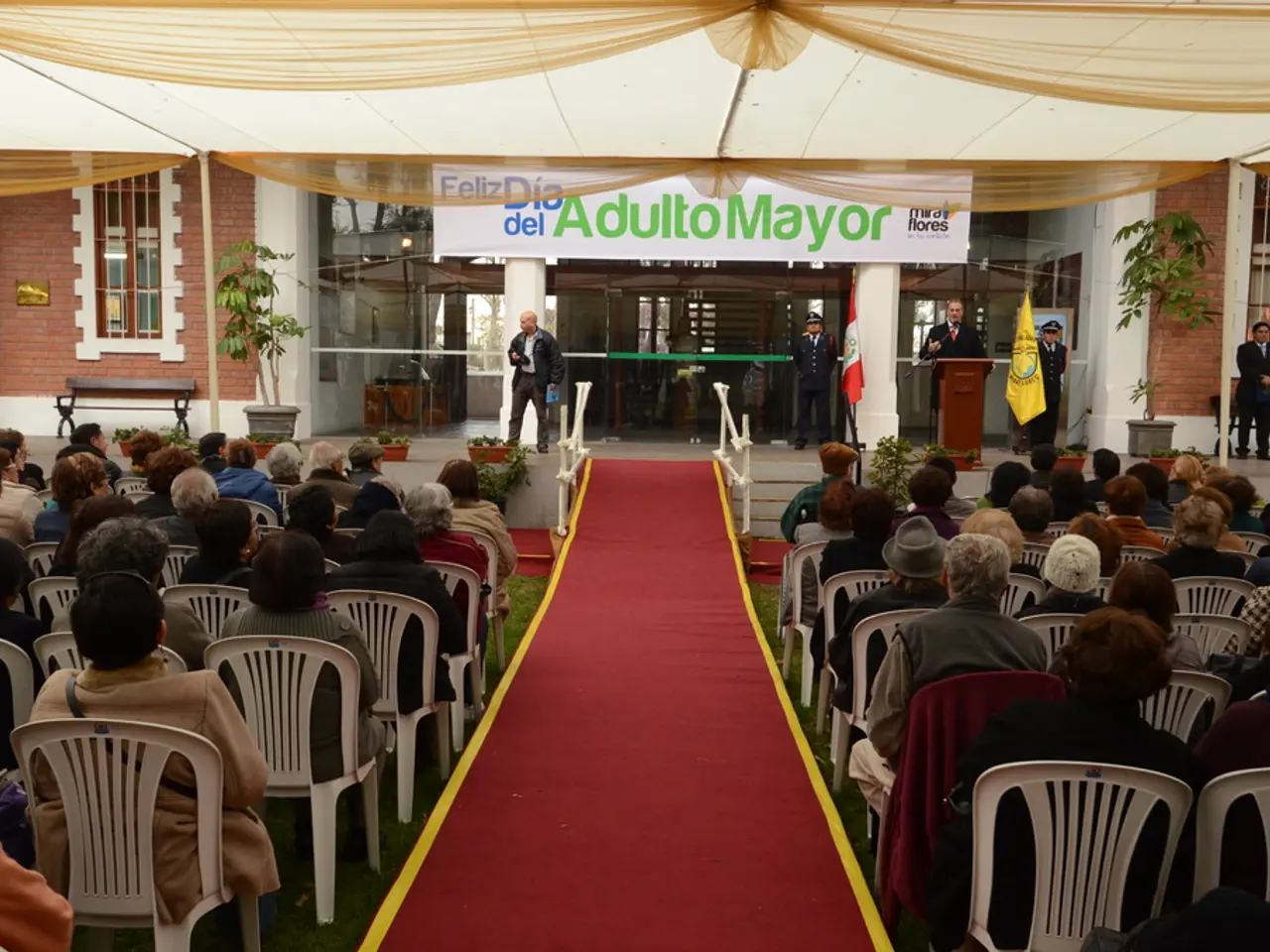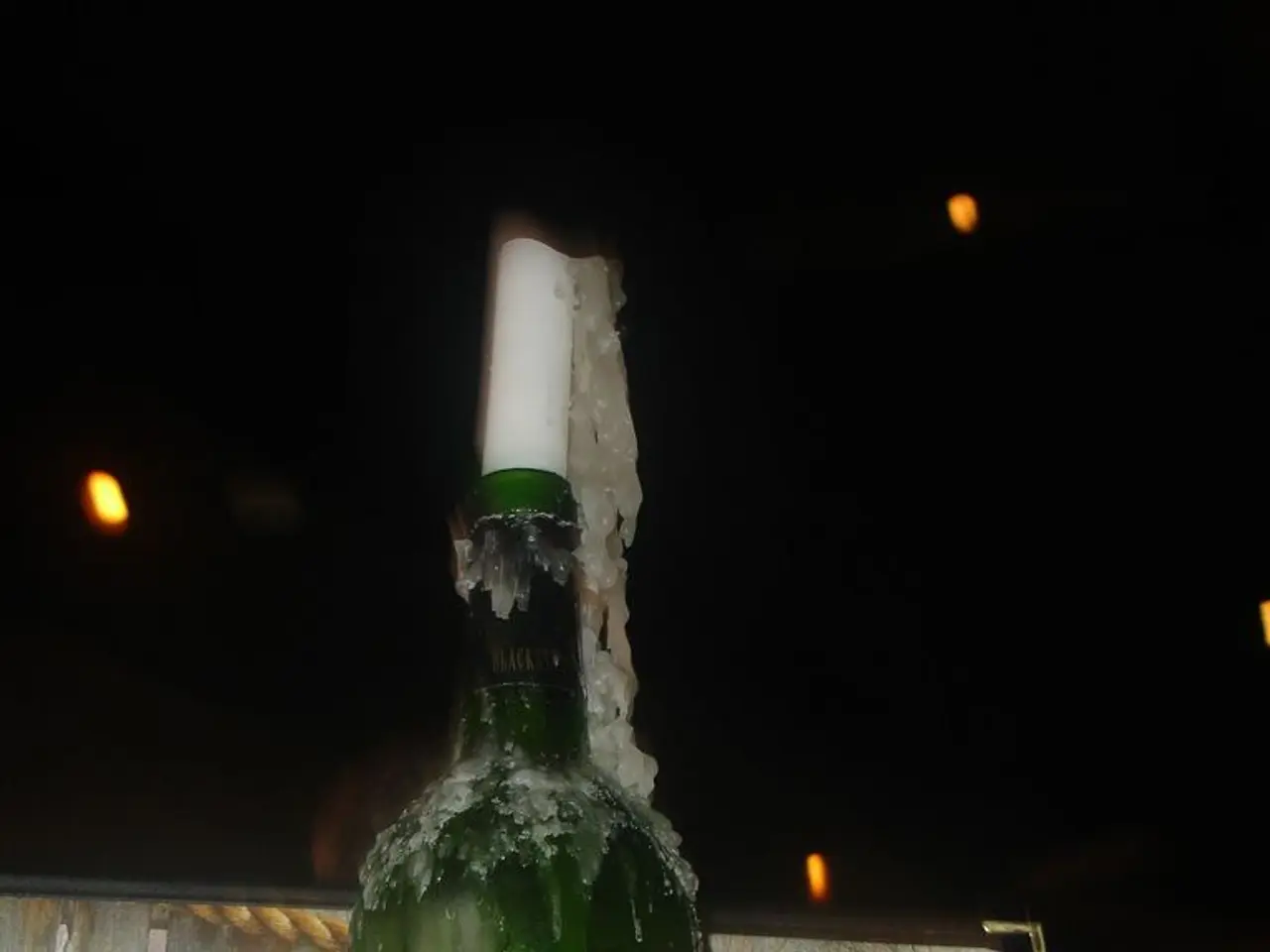Lukashenko Imposes a Ban on Residential Building in Minsk
In a bid to combat overcrowding and preserve the city's livability, Belarusian President Alexander Lukashenko has spearheaded a significant housing development project in Minsk and the Minsk region.
Back in February 2009, the government set a limit on the growth of Minsk, restricting its population growth to no more than 50-100 thousand people over the course of five years. This decision was made due to concerns about the "unjustified growth of the capital" that had emerged in the late 2000s.
Fast forward to 2023, Lukashenko reiterated his stance against overcrowding in Minsk, emphasizing that people in Minsk should be able to breathe freely and relax. To address this issue, more than 4 million square meters of housing will be constructed for citizens in need of improved housing conditions, including rental and social apartments.
The construction of these new residential districts will take place near the agrotown of Kolodishchi in the Minsk region and on the territory of the Zeleny Bor residential area in Minsk. This extensive development will be supported by comprehensive infrastructure such as roads, transport systems, kindergartens, schools, medical facilities, utilities, and public services.
Contrary to popular belief, the construction of these new residential districts is not a part of the earlier population growth restriction set by the government in February 2009 or the earlier initiative to turn several cities in the Minsk region into satellites of the capital. Construction in Minsk is practically prohibited, except where it is necessary. The construction of these new residential districts is aimed at addressing the need for improved housing conditions.
Lukashenko has repeatedly reminded officials and potential residents of the capital that Minsk is not a rubber city, meaning it cannot accommodate unlimited growth. In January 2014, he stated that housing construction in Minsk, as well as industrial and other infrastructure facilities, is an exception due to overcrowding.
This housing development initiative comes amid an economic environment where domestic investment and construction remain a key positive factor despite broader economic challenges. The Construction Directorate of the Minsk City Executive Committee will oversee these large-scale developments.
Belarus also plans to promote improved housing affordability, expanded rental housing options, single-family home development, and other incentives to support housing construction innovation and quality. This broad strategy aligns with efforts to address overcrowding and housing demand in the Minsk metropolitan area.
In summary, Lukashenko's plan focuses on significant new housing construction in and around Minsk, with a strong emphasis on supporting infrastructure and diverse housing types to ease overcrowding and meet the needs of residents awaiting better housing. This initiative is a testament to Lukashenko's commitment to maintaining the city's livability and providing better living conditions for its citizens.
[1] Source: Construction Directorate of the Minsk City Executive Committee [5] Source: Belarusian Ministry of Construction and Housing and Communal Services
In line with Lukashenko's commitment to combat overcrowding and preserve Minsk's livability, a significant housing development project involving nearly 4 million square meters of housing construction for citizens in need of improved conditions is underway, as overseen by the Construction Directorate of the Minsk City Executive Committee. This policy-and-legislation initiative, aimed at addressing housing demand and easing overcrowding in the Minsk metropolitan area, forms a part of the general-news surrounding Belarus's efforts to improve housing conditions and promote affordability.








